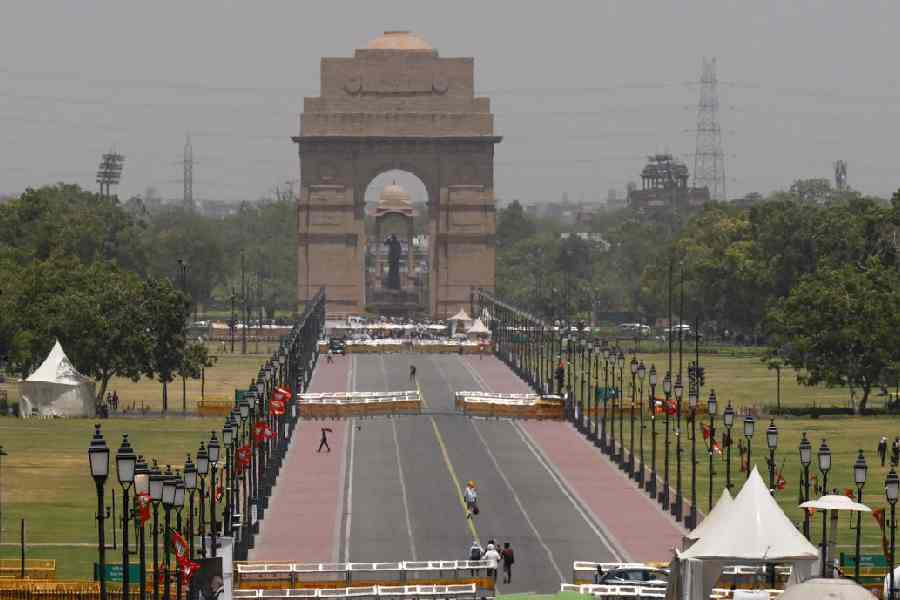Delhi government, ahead of the winter season, has sought the Centre's support for collaboration with neighbouring states to address cross-border sources of pollution in the national capital.
In a letter to Union Environment Minister Bhupendra Yadav on Tuesday, Delhi Environment Minister Gopal Rai sought time for meeting him to discuss the issue for a common strategy to combat air pollution.
He requested the Centre to take stronger action by facilitating collaboration between Delhi and its neighbouring states to address cross-border sources of pollution.
"I believe that with the central government's support, we can build on the foundation laid by the Delhi government and work towards a long-term solution to this crisis. I trust that you will take the necessary steps to ensure a cleaner and healthier future for all," Rai said.
Rai said that the air pollution crisis that Delhi faces every year, especially during the winter season, has a severe impact on the health and well-being of millions of residents, particularly the elderly, children, and those with pre-existing respiratory conditions.
The minister highlighted various measures taken by the Kejriwal government to mitigate the crisis.
"We regularly undertake several initiatives to combat this issue, such as implementing the odd-even vehicle scheme, promoting electric vehicles, and enhancing the frequency of public transport and we have also enforced a ban on firecrackers, large-scale plantations drives and switching the industrial units to clean PNG fuel," Rai said.
The air quality in Delhi, however, especially between November and December remains hazardous, largely due to factors beyond the control of the state government, pointed out the minister.
"These include crop residue burning in neighbouring states, operation of thermal plants, brick kilns, use of diesel generators because of disrupted power supply and large scale non-electric vehicular influx of private and commercial vehicles along with industrial emissions from neighbouring states," he said.
The peculiar demographic position of Delhi, being sandwiched among various states "aggravates" this problem. The scale of this challenge requires a more robust and coordinated response among all neighbouring states of Delhi, he said.
He cited various moves like incentivisation of electric vehicle adoption through subsidies (around 3.12 lakh EVs registered till July 31), boosting charging infra (3,100 charging stations, 4,793 charging points and 318 battery swapping stations) and awareness campaign, as crucial steps to check vehicular pollution.
Increase in electric bus fleet to around 1,900, large-scale plantation drives effective Parali management using a free spray of Pusa bio-decomposer, has also helped to control air pollution to a certain extent, he said.
Delhi government has also ensured almost 100 per cent switch over to clean PNG fuel in the industrial units, strict norms to handle construction and demolition waste besides setting up a smog tower and real-time source apportionment study centre, he said.
These concerted efforts have led to a positive impact on the overall air quality in Delhi with a 35.5 per cent increase in days with good or moderate air quality from 2017 (152 days) to 2023 (206 days) in the current year, he added.
Except for the headline, this story has not been edited by The Telegraph Online staff and has been published from a syndicated feed.











